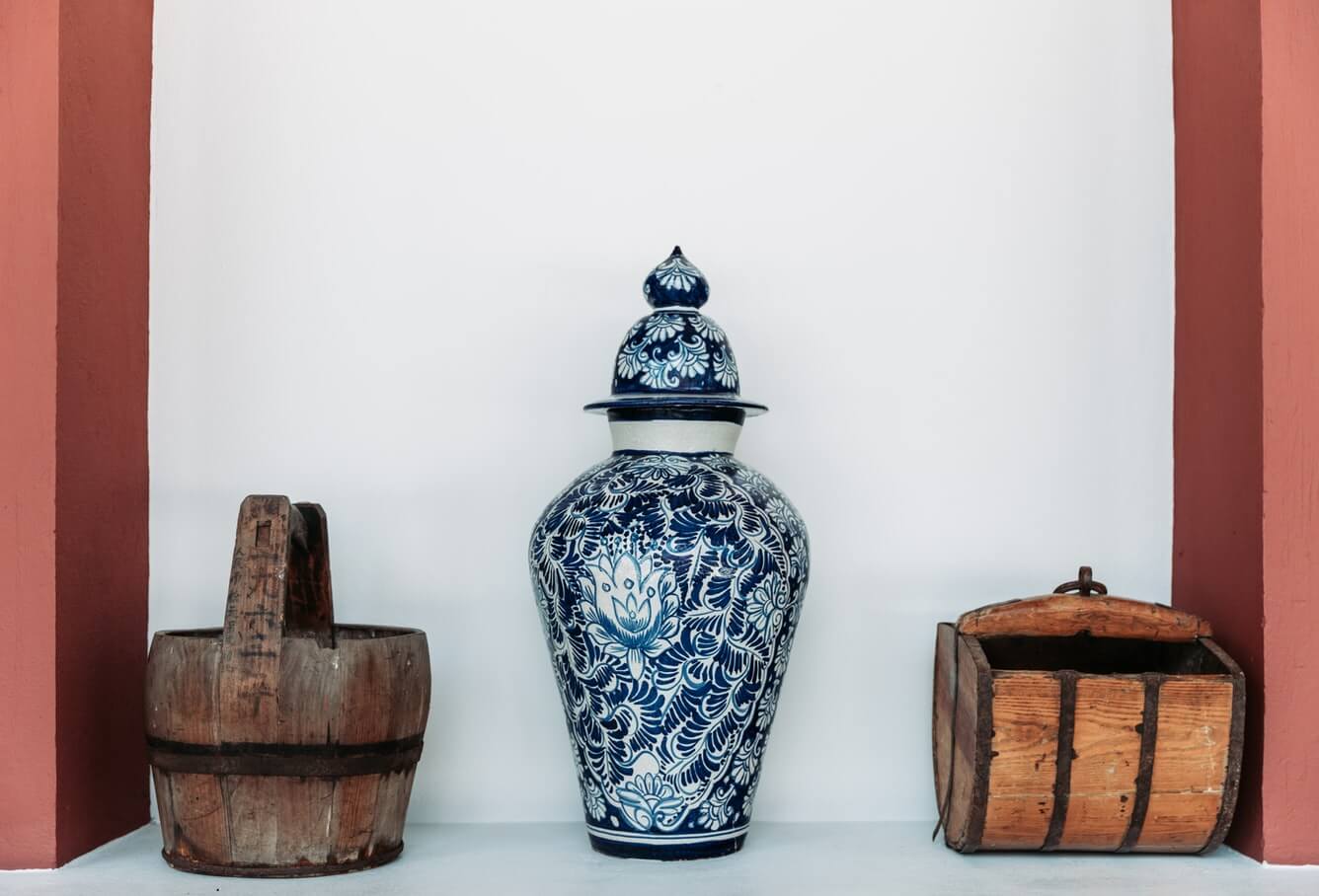Ever since Andy Warhol started the entire art printing process, it has only enjoyed a positive reception. Today artists and fashion illustrators sell original prints and give customers the blessing of wearable fashion.
A Louis Vuitton print or a Gucci print is now accessible to both art and fashion lovers. The art gets printed onto bags, cups, or available as the classic framed prints. But some may question the authenticity of such practices. Are they considered original works of art?
FINE ART PRINTS ARE ORIGINAL ARTWORKS
It is an original work that is both conceived and executed by the artist. It is different from reproduction or a copy, where the artist has no involvement whatsoever. Since the word “print” occurs interchangeably, it could confuse people.
THE PROCESS, MATERIALS, AND RESULT
The process begins with the artist drawing the imagery on a printing surface. The surface could be any material from metal to a woodblock. The ink then gets transferred from this surface onto a sheet. It results in an etching or a lithograph of the artwork. They are also known by the terms woodcut and serigraph depending on the technique used.
Fine art prints are typically hand-pulled by an artist. They get produced in batches referred to as limited editions. After printing each edition (also called an impression), the artist signs them, and they may also carry the edition and number in most cases.
The editions could range from a few to less than 200. After the printing of the specified pieces, the plate (or whatever material used) gets destroyed. There are no other copies that would exist, other than the original ones signed and authorized by the artist.
REPRODUCTION VS COPY
A reproduction means a commercial copy instead of an original piece of art. A painting or other artwork can be replicated by offset printing usually in “editions” ranging in 1000s or more. The artist is not involved in the process of printing at all.
There is a reason for confusion when the artists sign these reproductions in the same manner as they would for the print edition. Marketers sell them as a limited edition of fine art prints. But it is essentially leading the customers to believe they are indeed buying an original work of art when they are not. What they receive is a mere copy, unlike in the case of the original fine art prints.
HOW TO CHECK FOR THE AUTHENTICITY?
So how does one know what they are buying? By looking at the following characteristics that could help them identify the differences. For instance, between a reproduction and an original fine art Louis Vuitton print.
- Reproductions are usually commercially printed in an offset lithograph. This process results in a distinct dot pattern on the surface of the image. It may not be visible to the naked eye but is apparent under a magnifying glass.
- Pay attention to the print edition sizes. Originals usually get done in small editions. This nature is due to the degradation of the imagery on a plate or block due to wear. To maintain quality, they often replace them. Reproductions, on the other hand, are printed in thousands.
Conclusion
The new age makes all things more accessible and convenient to enjoy. This quality also encompasses art. Earlier, there existed only one copy of the original artwork, and other than the owner, no one could have access to it. But why have a monopoly over enjoyment when there are ways more people can enjoy art? The fine art print is the answer to this prayer for accessibility.
Author: Nora George


